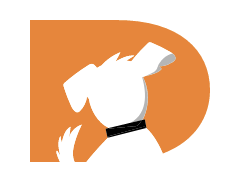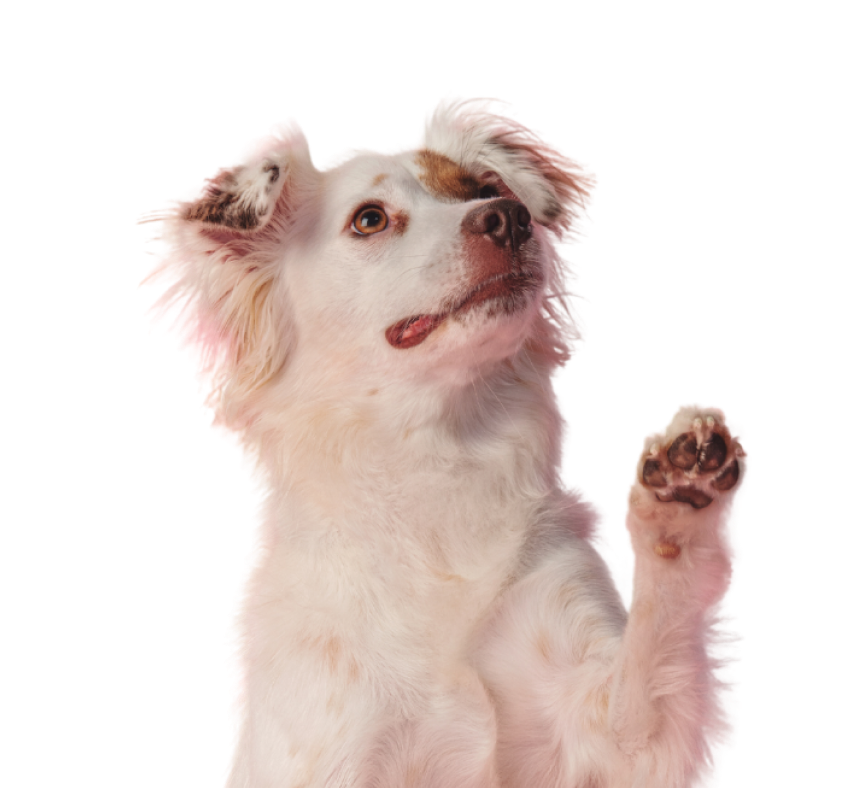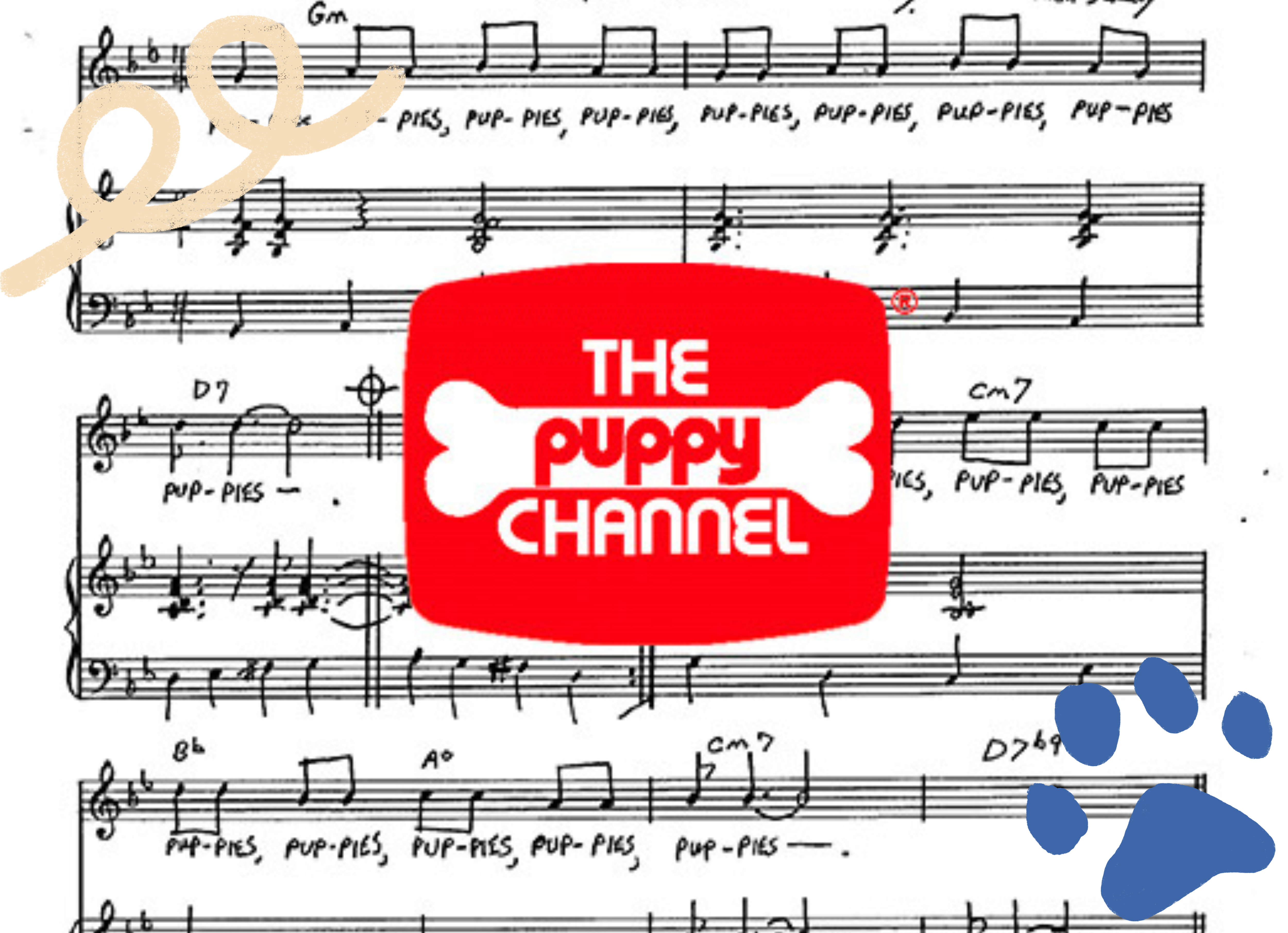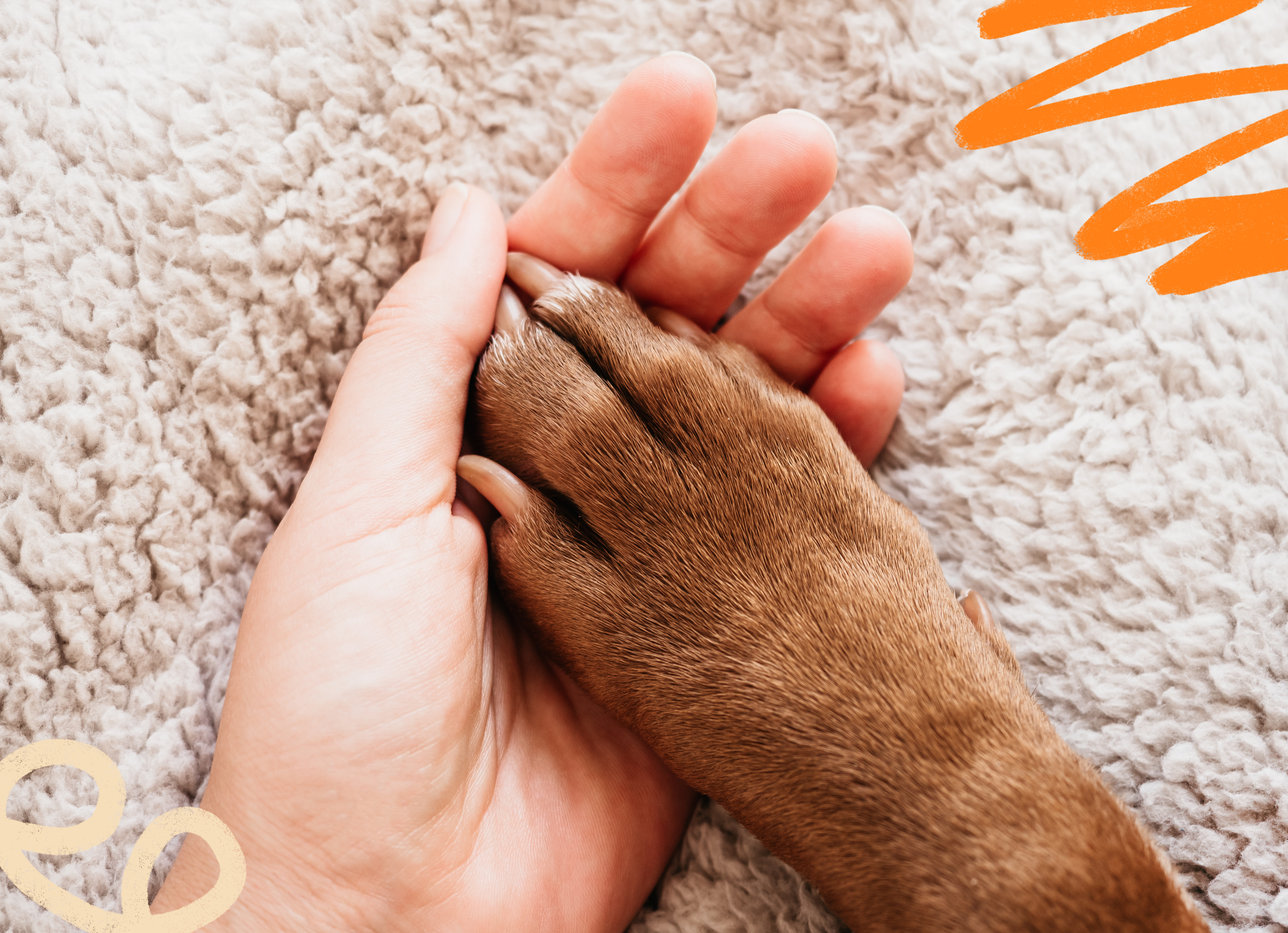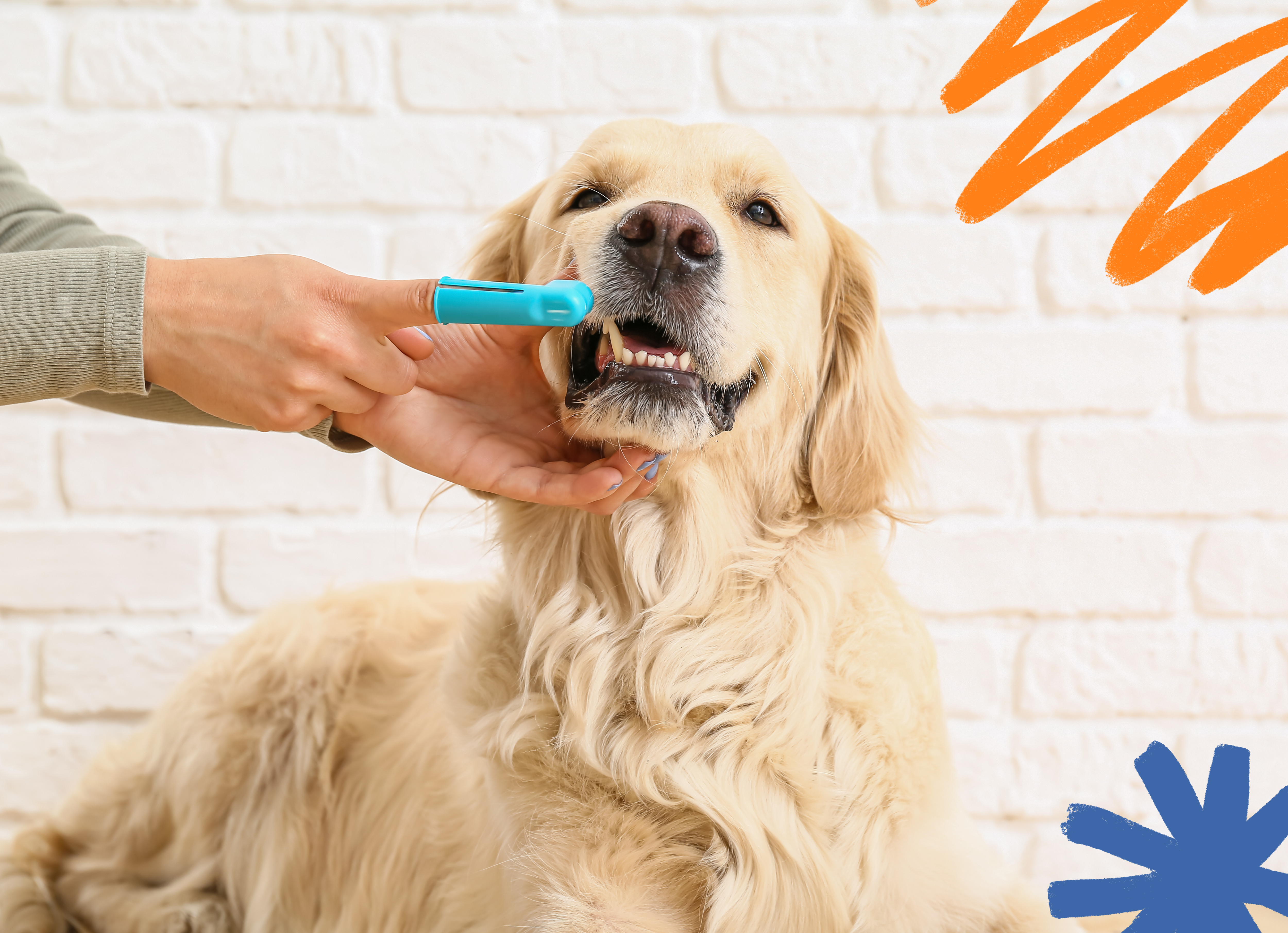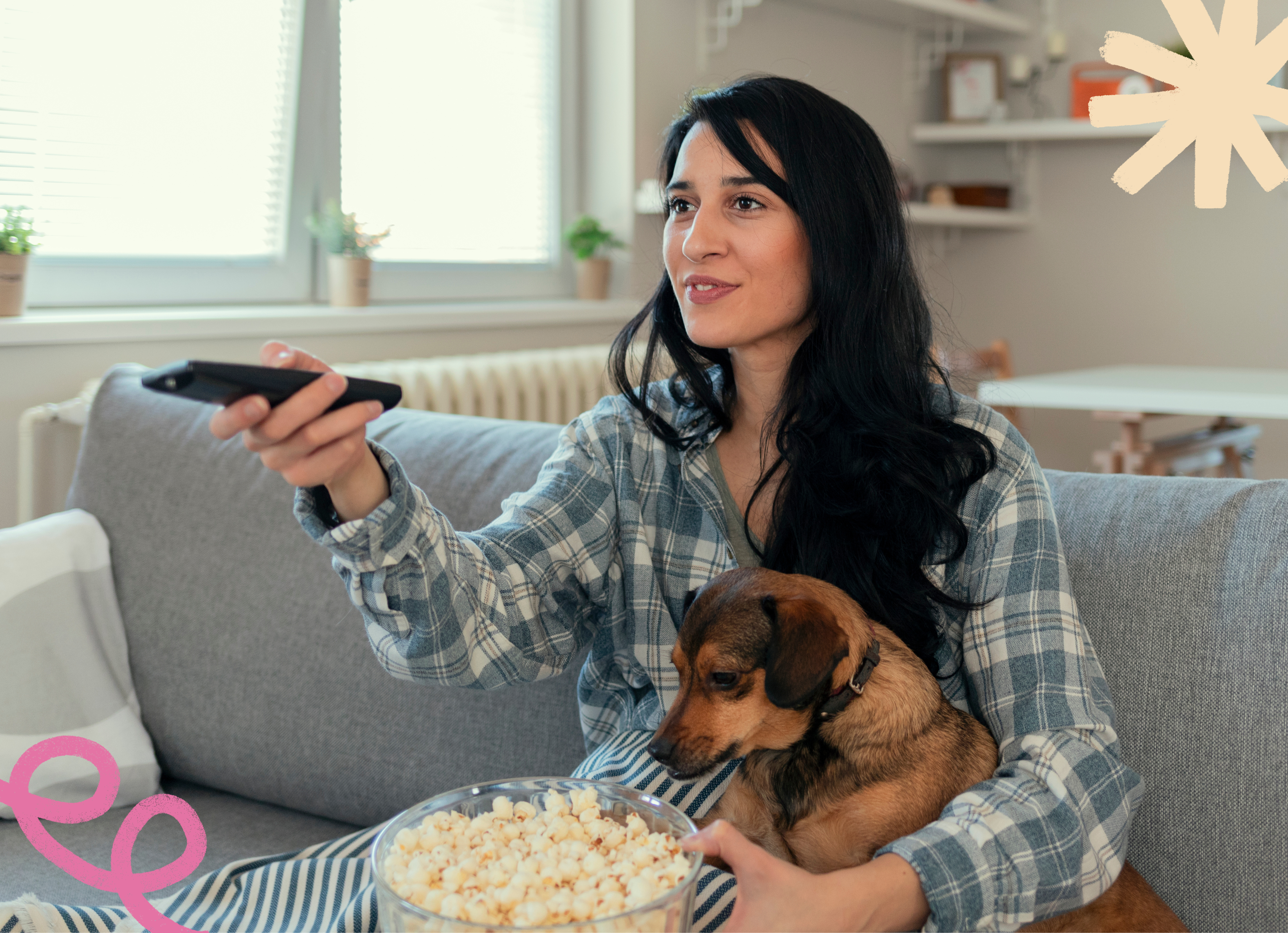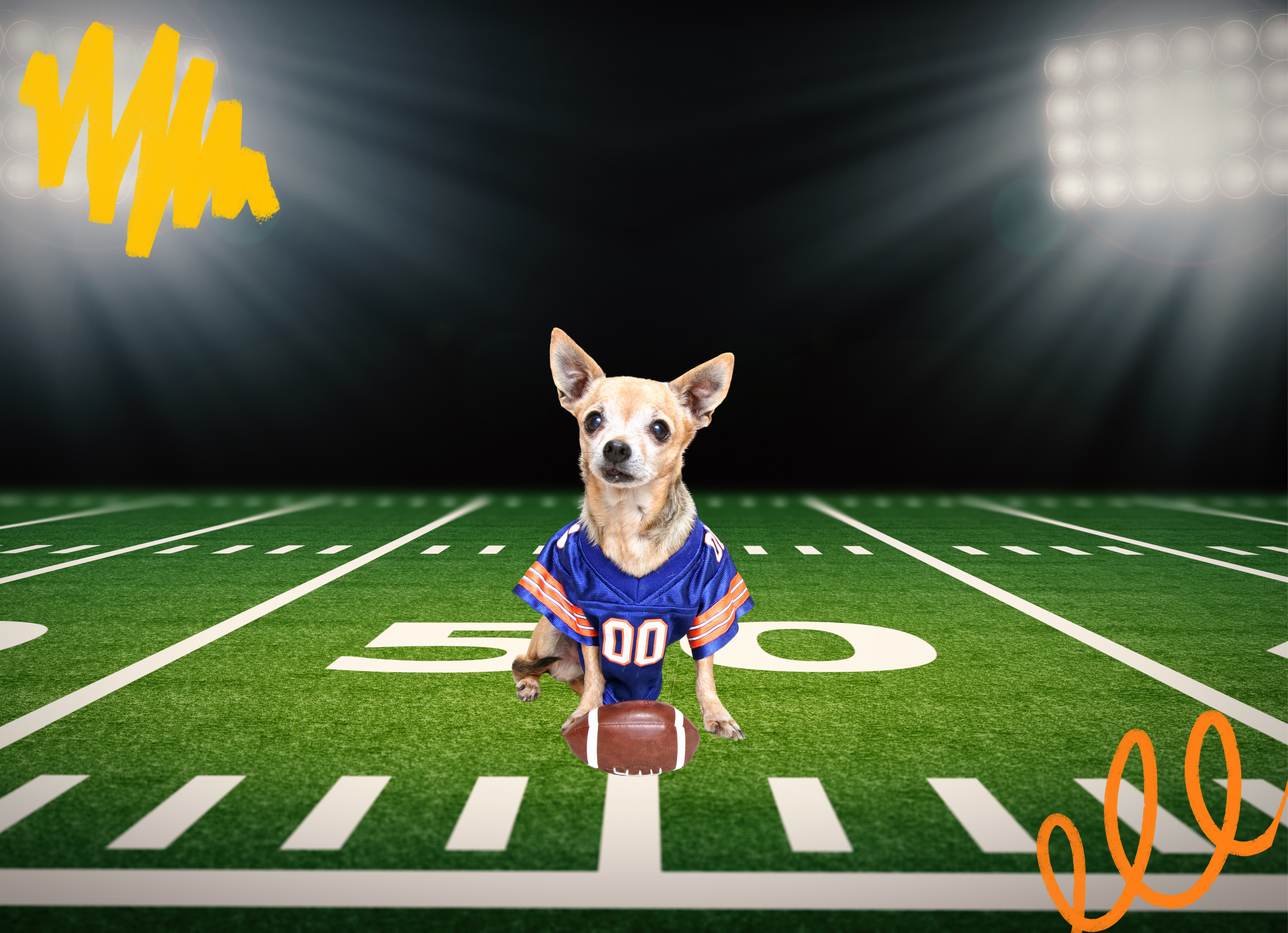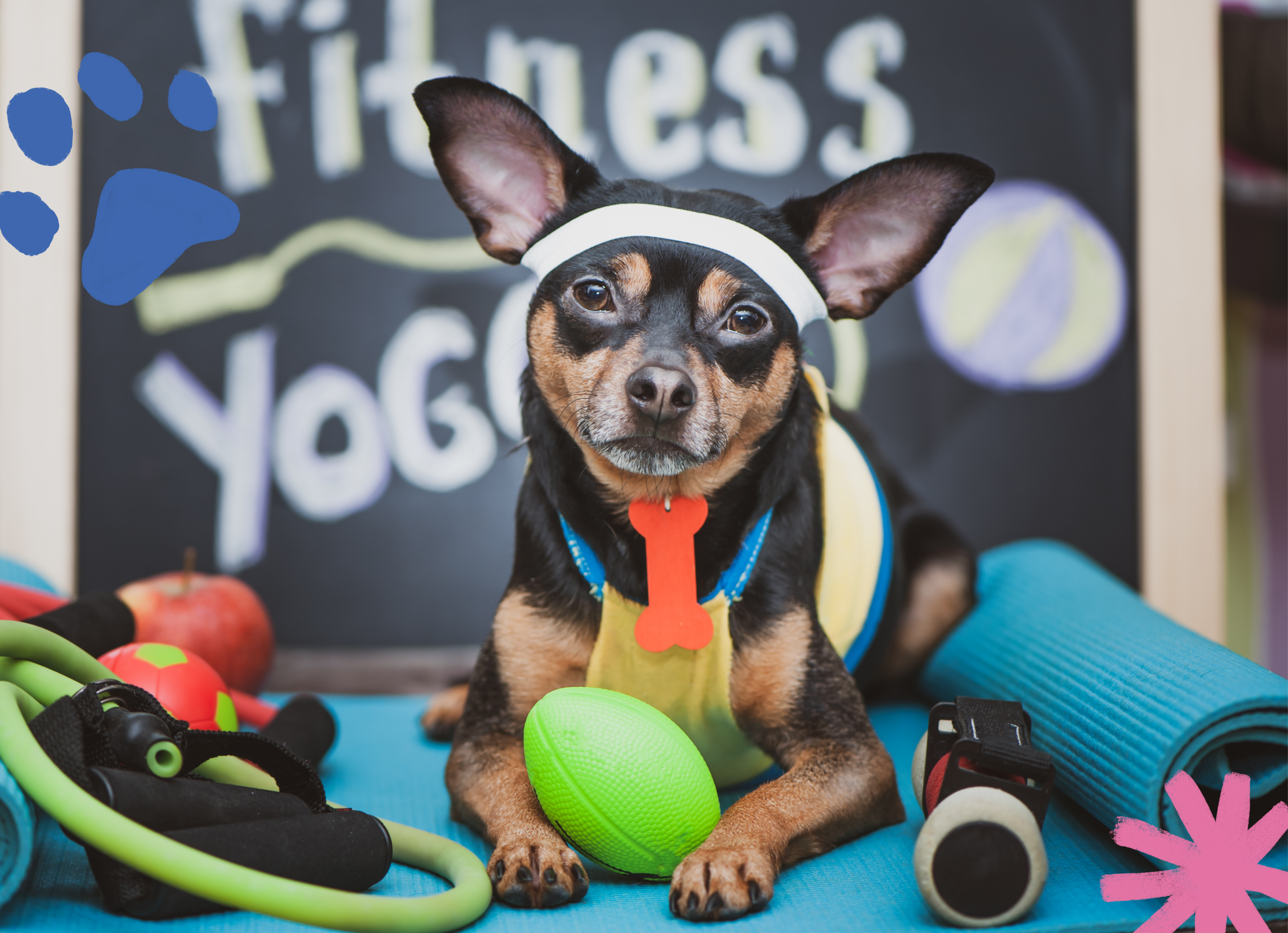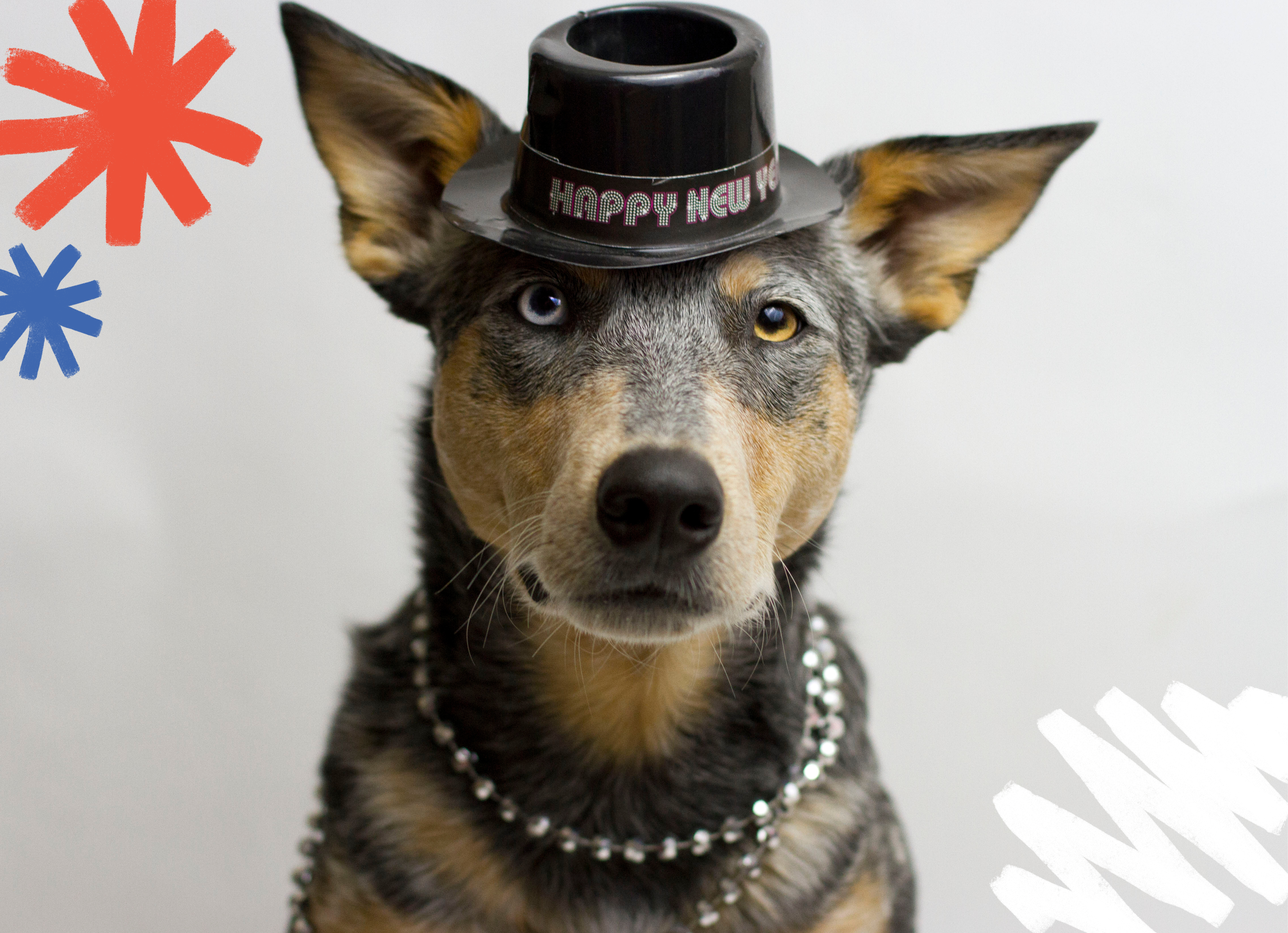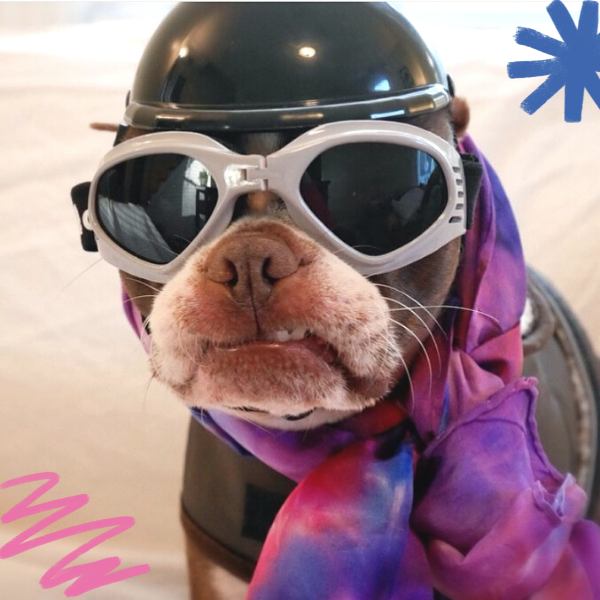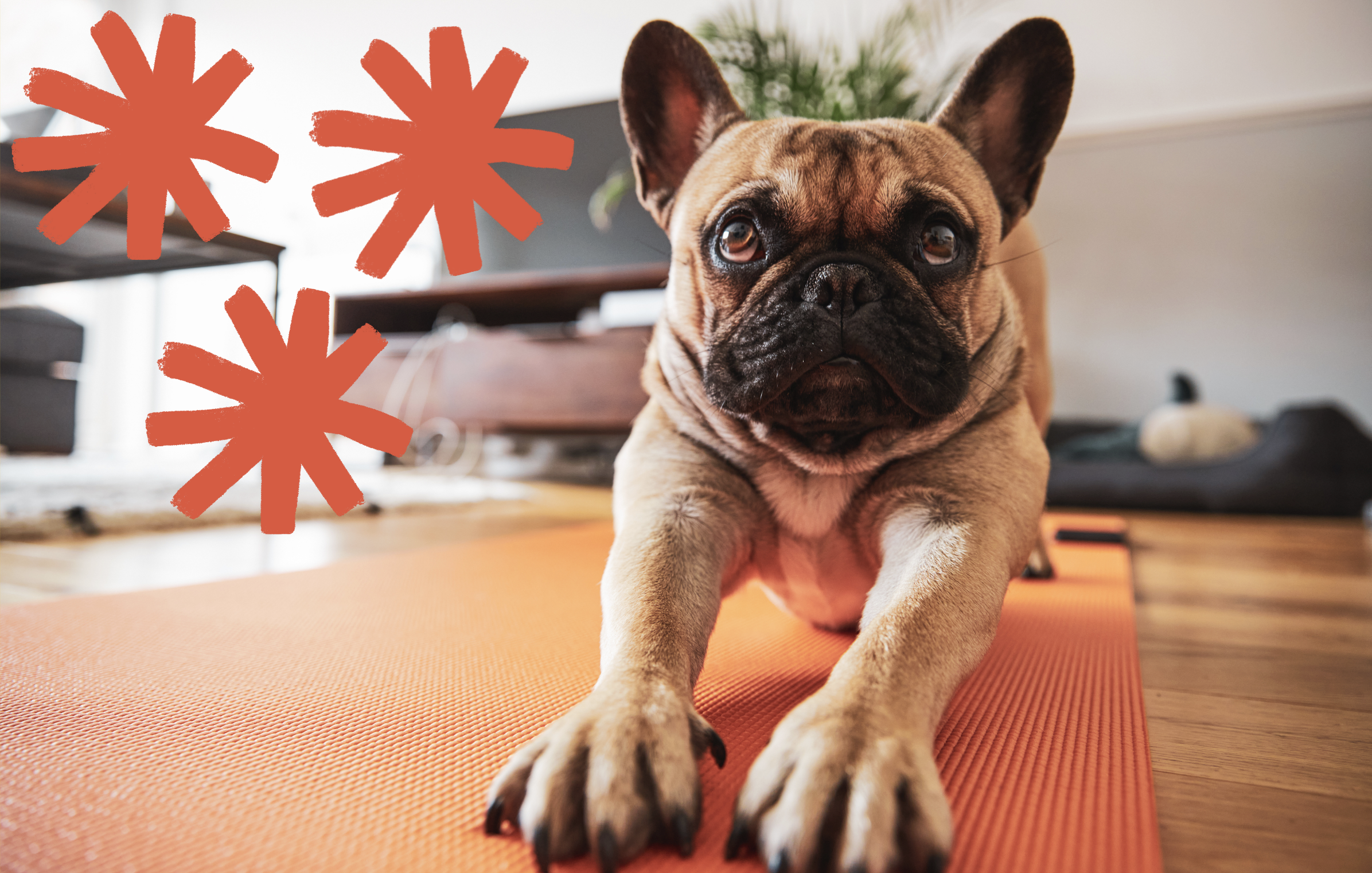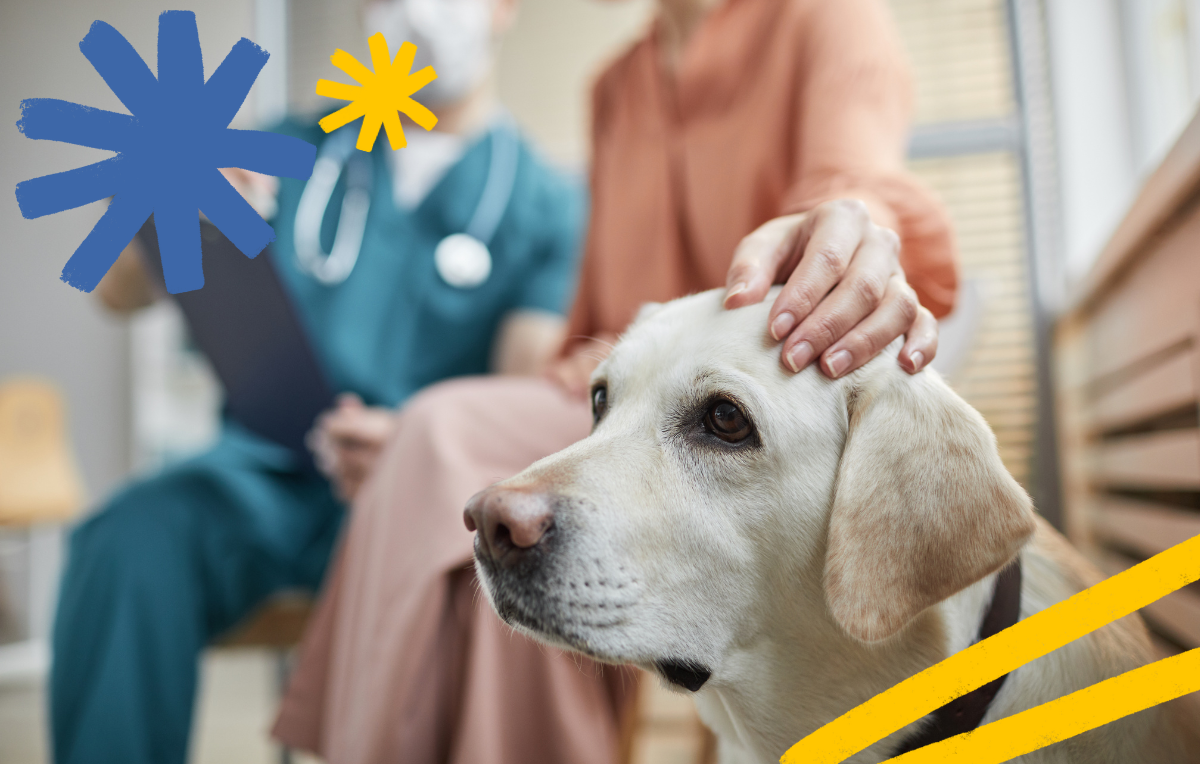2 min read
A Tribute to The Puppy Channel
As the founder of DOGTV, a channel dedicated to the joy and well-being of our canine companions, I am constantly inspired by the stories of fellow pioneers in the world of pet entertainment. Today, on National Puppy Day, I want to pay homage to a remarkable dream that paved the way for channels...
